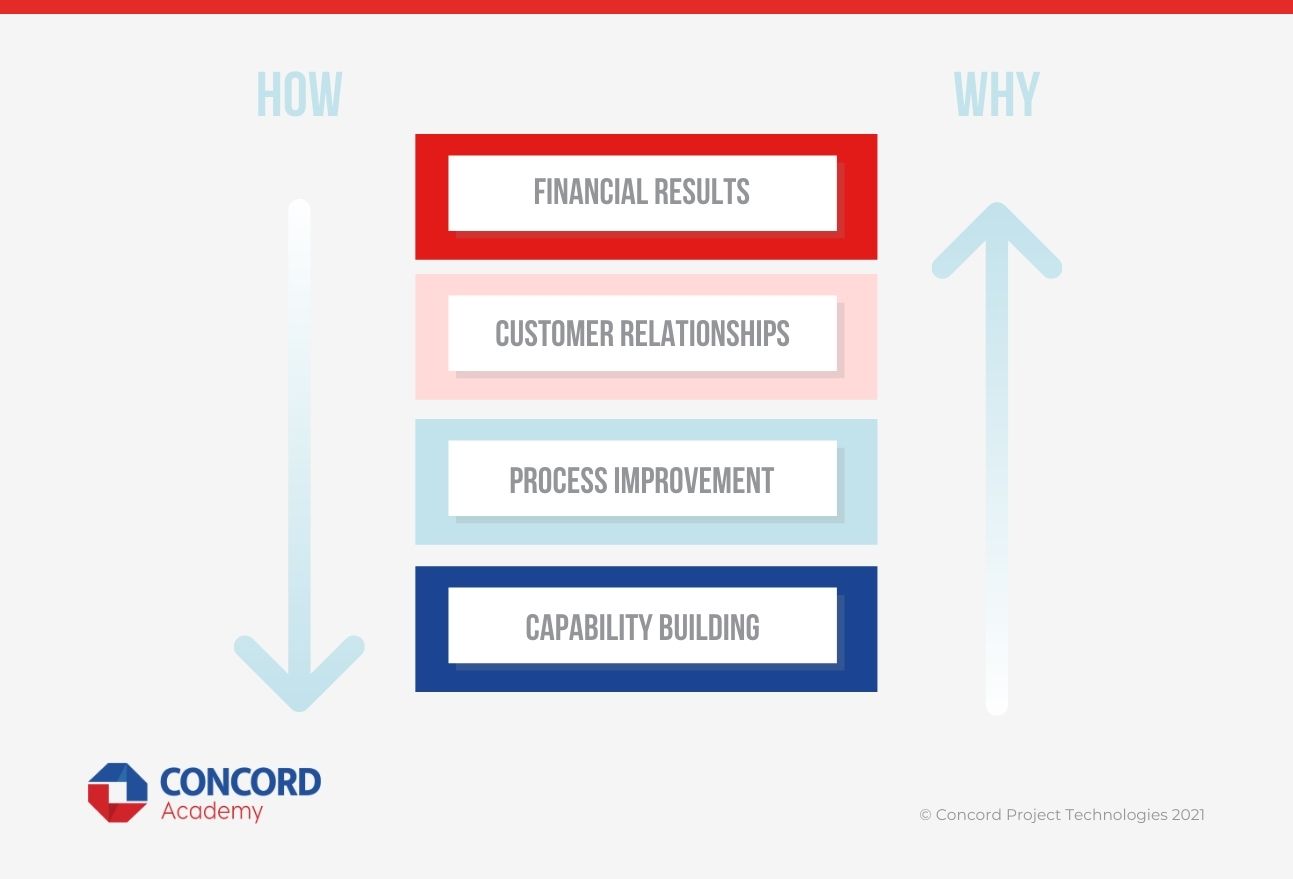How this preeminent strategic framework can help leaders lay the groundwork for predictable project delivery
Strategy drives everything. From project design and daily decision-making to resource allocation and key performance indicators (KPIs), strategy underpins it all. It is our call to the industry that capital project organizations need to focus on predictable project delivery and develop a strategy that provides the framework and incentives that support predictable on-time, on-budget capital construction. The Balanced Scorecard, a methodology used extensively for strategic planning across all industries, can help you develop an executable business and operational strategy that finally bridges the gap between engineering and business.
The Balanced Scorecard is a compelling strategic model developed in the early 1990s by David Norton and Robert Kaplan. Since then, it has been adopted by eight out of 10 Fortune 500 companies.
The fundamental idea is simple: Instead of measuring your success based solely on financial outcomes, focus on your business performance using four areas that are key to your success: Financial Results, Customer Relationships, Process Improvement and Learning / Capability Building. Set goals in each of these four areas — also known as perspectives — and establish leading measures to drive the desired behavior. Second, adopt measures that give insight into future performance rather than measuring past performance, including leading (vs. lagging) measures.
In this article, we’ll introduce you to the Four Perspectives of the Balanced Scorecard methodology, as it applies to capital project organizations.
Financial Perspective
Key Question: How are we meeting the financial expectations for the owners, shareholders, stakeholders or others looking for financial return?
Financial goals come first in most for-profit capital project organizations, and any financial goal should be included in this perspective. In general, these goals might include:
- Revenue growth
- Improving return on invested capital
- Increasing profit margins
- Improving cash flow
- Decreasing costs
- Increasing market share
In the context of a capital project organization, your financial perspective might include sector-specific objectives, such as improving on-budget delivery through the use of Predictability Thinking™.
Customer Relationships
Key Question: How are we meeting the expectations of our customers?
Solid customer relationships form the backbone of any successful business and the Balanced Scorecard methodology requires an organization to identify the factors that truly matter to customers. Customer-related objectives might include:
- Increasing on-time delivery
- Improving quality
- Increasing performance outcomes
- Improving customer service
Process Improvement
Key Question: What processes do we need to differentiate our company and meet our most important financial and customer relationship objectives?
The process perspective describes the company’s internal processes or systems that drive performance and improve operational outcomes. What do you need to do well in order to succeed? Examples of process objectives might include:
- Improving relationships with vendors, unions, customers, etc.
- Improving inventory management
- Standardizing billing processes
For capital project organizations, process improvement extends beyond internal business processes into project management processes. For example, a capital project organization may adopt Advanced Work Packaging or Predictability Thinking or Risk Management as critical process improvement initiative.
Capability Building
Key Question: What do we need to learn in order to achieve our goals?
Traditionally called the “learning” or “growth” perspective, the capability building perspective addresses human, information and organizational capital improvements. Capability building objectives might include:
- Increasing investment in new systems or technologies
- Improving employee skills assessments, training and performance management
- Improving data collection and knowledge management infrastructure
- Improving organizational culture, leadership and staff engagement
Capital projects may identify unique capacity building goals, including improving safety standards. This perspective is focused on more intangible performance drivers but increasing organizational capacity is one of the most powerful ways to meet goals in the other three perspectives.
Build a Bridge Between Business and Engineering
A balanced scorecard helps to align everyone in your company around the most important business objectives, and helps teams focus one what needs to be done to achieve those goals. Importantly, the balanced scorecard also makes clear how success will be measured, which improves both clarity and effectiveness. In short, the balanced scorecard helps to solve one of the most fundamental problems in the modern capital project organization. It provides a consistent, company-wide understanding of key business strategic goals, their translation into project goals and the road to achieving them predictably.
This is particularly valuable for capital project organizations in that it goes a long way toward bridging the gap between business and engineering. If you present the balanced scorecard as a progression, teams have a fully transparent and logical road map to increase achievement of corporate objectives: simply read “how” going down, and “why” going up.
If you’re interested in learning more about the balanced scorecard and its application to capital project and organizations, contact Concord® today.


